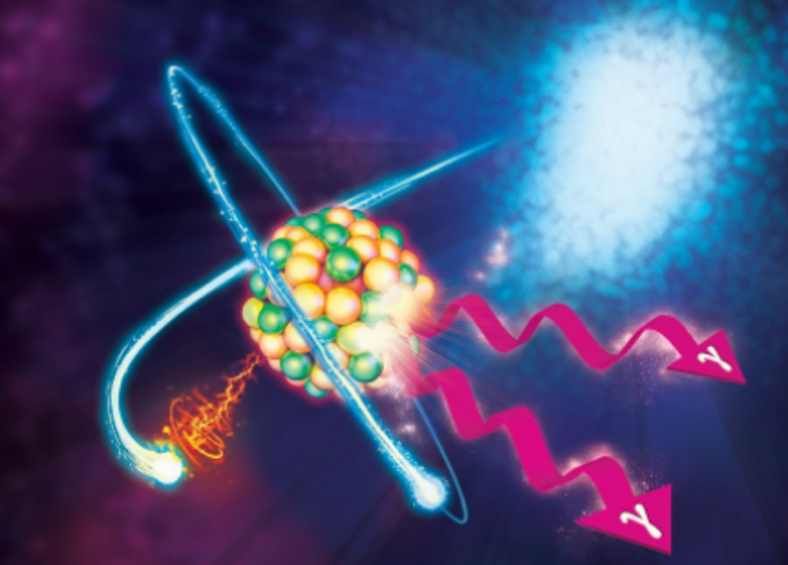Physicists forced to release energy from excited atomic nuclei
Physicists have forced the release of energy from excited atomic nuclei
Atomic nuclei can be excited by capturing an electron on the unfilled electron shell of an atom. The process was first shown experimentally. This could help develop a more efficient way to store energy or understand the processes inside stars.
The process of forcing the release of energy from excited atomic nuclei is expertly called NEEC (Nuclear Exciation by Electron Capture). About the experiment conducted, whichore it shows, wrote in the February issue of the journal „Nature”.
Wspotutees of the article are Polish scientists – prof. Dr. hab. Marek Polasik of the Department of Chemistry at the Nicolaus Copernicus University in Toruń and Dr. Jacek Rzadkiewicz of the National Center for Nuclear Research in Świerk, Poland. Amongrod the authoroThe publication included roAlso 16 other scientistsow from Australia, Russia, Italy and the US. Over prophysicists from around the world have been working for more than 40 years to observe this phenomenon.
Poles teaching in wspon collaboration with American colleagues, they designed and conducted an experiment and interpreted its results, resulting in a publication in „Nature”. This experiment took place in the US on the ATLAS linear gas pedal at Argonne National Laboratory.
„The phenomenon was first recorded for the molybdenum isotope 93Mo. The nuclear isomeric state of molybdenum 93mMo accumulates enormous energy relative to the ground state, with a half-life of 6.85 hours. As a result of the occurrence of the NEEC process, the isomeric nucleus of 93mMo is supplied with a small energy, of the order of 4.85 keV, which causes its transition to another excited state – this time krotco-living, with a half-life of the order of nanoseconds. It deexcites to a ground state almost immediately. In this wayob there is a release of energy on the order of 2.5 MeV originally stored in the nuclear isomer 93mMo, an energy 500 times greater than that whichora has been delivered” – We read on the website of the National Center for Nuclear Research.
– An atomic nucleus in an excited state, can „decay”, e.g. emitting gamma rays, or through a so-called “nuclear fusion”. internal conversion, that is, by transferring energy through the atomic nucleus to electrons from roof atomic shells. In the case of the NEEC phenomenon, we are dealing with a process of reverseoconym in time relative to the internal conversion process: the atomic nucleus is excited by electron capture, ktory transfers part of its energy needed for excitation,” Dr. Jacek Rzadkiewicz explained in an interview with PAP.
As the NCBJ physicist tells us, the characteristic feature of the isomeric state is that the huge amount of energy stored in it is released in the form of small portions (quantumo(w) for a very long time. The longest isomeric states can last many billions ofoin years.
Today, we can’t yet control the release of energy from a state ofow isomeric, although the mere demonstration of such a possibility is a huge achievement.
NEEC observations can helpoc understand the processes taking place inside stars. – Research on this type of process can also be a starting point for applied research. Their goal would be, for example. developing a method for the controlled release of energy stored in nuclear isomers, which should contribute to the development of new concepts for unconventional and ultra-efficient nuclear batteries – emphasized Rzadkiewicz.


